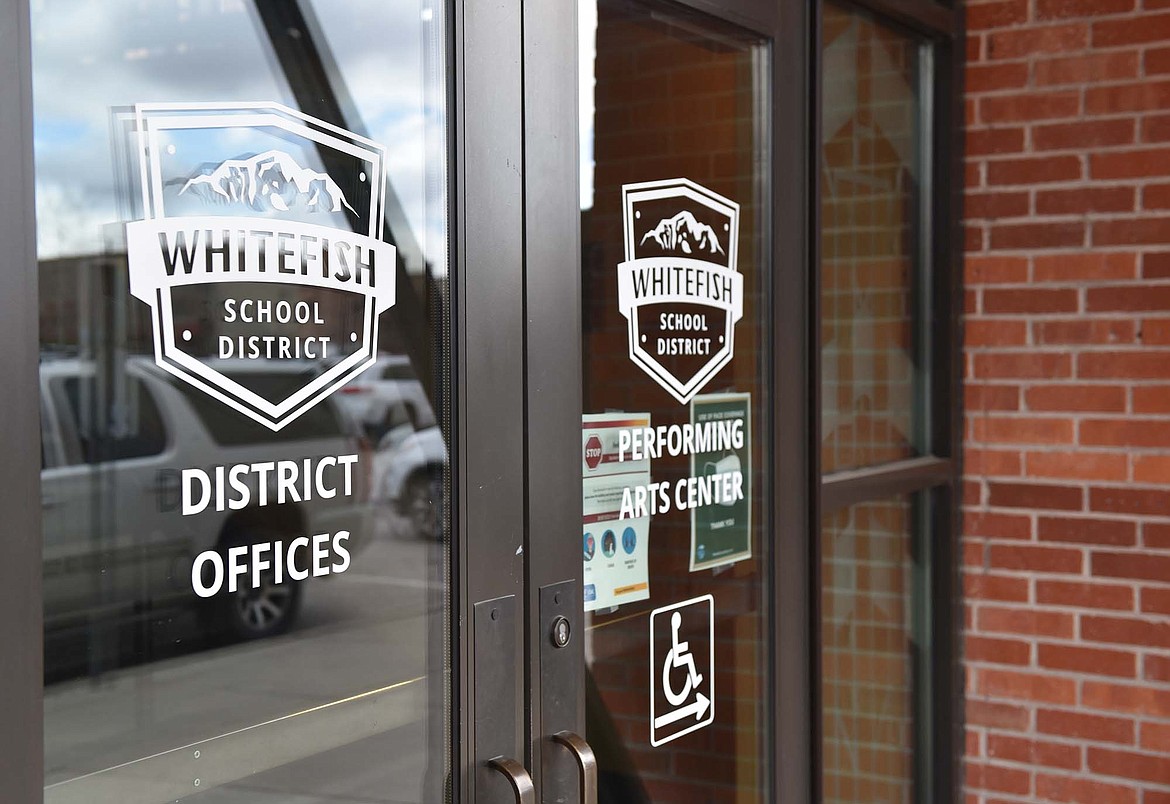School budget projects higher costs for staff, activities
The Whitefish School District preliminary 2024-25 budget reflects increased funds from growing student enrollment, but increased costs due to inflation and growing participation in activities.
The preliminary budget was presented at the July 9 school board meeting and was unanimously moved forward. The final budget will be presented at August’s meeting.
The $26,401,980 budget total is a 5.1% increase from the prior year. The total reflects an inflationary funding increase of 3% from the state.
“Although this is the highest possible under the current state funding formula, it is still below the national inflation rate,” wrote Director of Business and District Clerk Lucie Shea in the preliminary budget’s highlights.
“The gap between the state funding and the actual cost of managing the school district is apparent.”
The other main source of funding for the increased budget comes from higher student enrollment. Increased enrollment results in revenue increases of $172,803 for Muldown Elementary and $438,570 for Whitefish High School.
This goes toward the general fund, which is the “main fund of a public school in Montana. For us, instruction related expenditures are the greatest piece of that,” Shea explained.
The Whitefish community also showed its support by approving an operating levy of $108,337 for Whitefish High School in the May 7 election.
At the July 9 meeting, trustee Darcy Schellinger questioned why teacher salaries show an increase in the budget ranging from 7 to 9%, when the board approved a 3% raise this spring.
“You have three things in that – the 3% raise, yes. But on top of that, you must include the step increases... So you approve 3% and it’s actually five to six percent... it’s never a flat amount,” Shea said.
Beyond step increases, “the additional difference is in new hires, resignations, and people moving around. Everyone makes a different amount. For example, we’ve been hiring people with master’s degrees. The number is a moving target that changes throughout the year,” Shea said.
Health insurance is not factored into the salary numbers.
Effective July 1, the district changed its health insurance plan to a different carrier, resulting in lower premiums for two thirds of all staff.
Although the improved health insurance comes at a cost, Shea said “the budget can handle it.”
“This positive change made it possible for some staff members to enroll in health insurance when they could not afford to do so before.”
The building reserve fund also has increased expenses.
In 2021, the district’s tax increment funding from the city of Whitefish sunset. The loss, which had been used to cover building repair and maintenance expenses for over three decades, negatively impacted the district’s operations, according to Shea.
“We have some of the best maintained facilities. Yet we still get costly surprises. By cushioning the maintenance and repairs budget, we can handle unexpected things,” Shea said.
Increased extracurricular activities costs were widely discussed by the board. Most sports and academic activities have notable increases due to increased travel costs and greater participation.
“Whitefish students are some of the most successful in the state in both academics and sports. The last couple of years were especially successful, with high school students and athletes advancing to state championships. As this trend is expected to continue, more dollars are budgeted for extracurricular activities,” wrote Shea on the budget.
Shea said that in addition to the “costs of meals and travel going up, we have more and more students participating.”
“Is there ever a point where we can’t afford to send students to every game and meet? Schellinger asked.
“I hope not,” Shea responded. “And ticketing sales do support this general fund of activities, offsetting costs.”
Schellinger raised questions about the fairness of allocating increased dollars to activities.
“As a taxpayer, we’re funding sports and activities that not every student can participate in,” Schellinger said.
“There’s also multiple sports that are not in our budget, like baseball and swimming,” trustee Quincy Bennetts said.
“Those sports are ‘school sponsored’ but not ‘school funded.’ It's not that we don’t want to support, it’s that we don’t have the finances for it,” Shea said.
But Superintendent Dave Means said that while not every student plays, every student can try-out. Plus, “it’s the standard to fund sports,” he said.
Schellinger suggested that student groups and teams fundraise to offset the increased travel costs.
Means said that this would be possible but may be out of the norm.
“Typically when groups fundraise, it’s for a specific item,” Means said.
“The costs can be mind-blowing. But I’ve been watching the activities expenses going up and up for years. It’s a trend, not a fluke,” Shea said. “In years past, I’ve thought, maybe we won’t go to as many championship-level events. But that doesn’t happen.”


